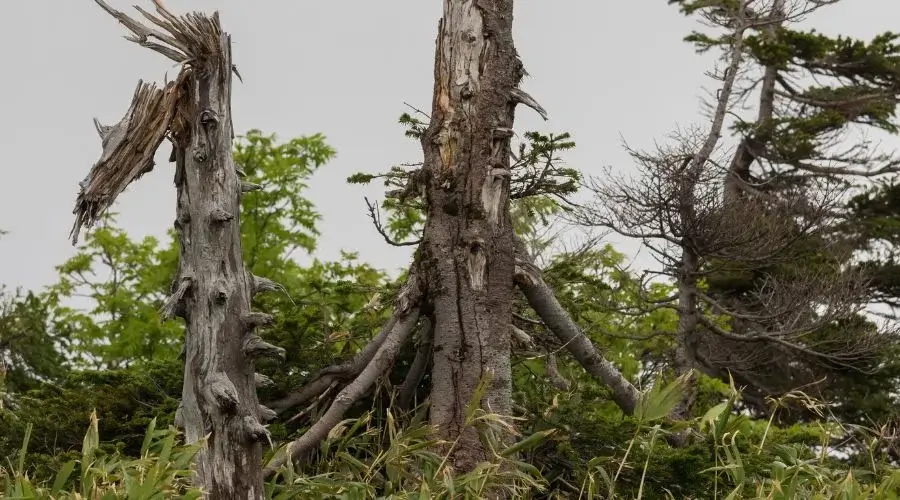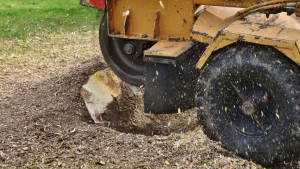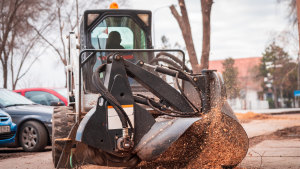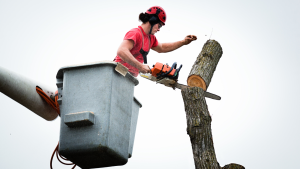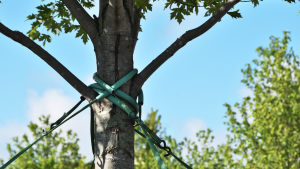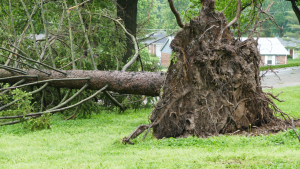Trees are valuable assets to your property, offering shade, beauty, and numerous environmental benefits. They provide us with clean air, habitat for wildlife, and aesthetic appeal. However, there may come a time when a tree needs to be removed due to safety concerns, health issues, or other factors. In this article, we will explore the signs that indicate when it’s time to take a tree down and the considerations involved in this decision.
1. Signs of a Dead or Dying Tree
The most obvious reason to remove a tree is when it is dead or in a state of irreversible decline. Signs of a dying tree include:
- Bare branches with no leaves.
- Bark falling off or severe cracks.
- Fungus growth on the trunk.
- Major limb dieback.
A dead tree can become a safety hazard, as it’s more likely to drop branches or topple over during storms.
2. Structural Problems
Trees with structural issues may pose a danger to your property, people, or other trees. Signs of structural problems include:
- Leaning: A tree that leans significantly may be at risk of falling.
- Split Trunks: When a tree has a split trunk, it’s prone to splitting further and collapsing.
- Weak or Decayed Branches: Weak, dead, or decayed branches can break off in high winds or due to their own weight.
3. Disease and Infestations
Diseases and pest infestations can weaken a tree’s health and make it a danger to the surrounding environment. Some signs of disease or infestations include:
- Fungal growth on the trunk or branches.
- Holes or entry points for pests, such as woodpecker damage.
- Evidence of boring insects like bark beetles.
4. Root Problems
Issues with a tree’s roots can also warrant removal. Root-related problems include:
- Root Girdling: Roots that wrap around the base of the tree and constrict its growth.
- Uprooting: Trees with shallow, weak root systems can easily topple during storms.
- Root Damage: Construction or excavation work that damages a tree’s roots can jeopardize its stability and health.
5. Proximity to Structures
Trees that are too close to buildings, power lines, or other structures may need to be removed for safety reasons. The risk of falling branches or a tree itself damaging property can outweigh the tree’s benefits.
6. Invasive or Undesirable Species
In some cases, you might want to remove a tree because it’s an invasive species, poses a threat to other plants, or is undesirable for other reasons.
7. Declining Aesthetic Value
While not typically a primary reason for tree removal, aesthetics can play a role. If a tree has grown too large for its space or no longer fits your landscape’s design, you may choose to remove it.
8. Local Regulations
Before removing a tree, be aware of local regulations and permits. Some areas have strict rules governing tree removal, especially for certain species or sizes.
The decision to remove a tree is not one to be taken lightly. It involves a careful assessment of the tree’s health, safety risks, and potential impact on the environment. If you suspect a tree on your property is in a state of decline or poses a danger, consult with a certified arborist or tree removal professional. They can evaluate the tree’s condition and recommend the best course of action, whether that be pruning, treatment, or safe removal. By being proactive in tree care and making informed decisions, you can ensure the safety and well-being of your property and the surrounding environment.
